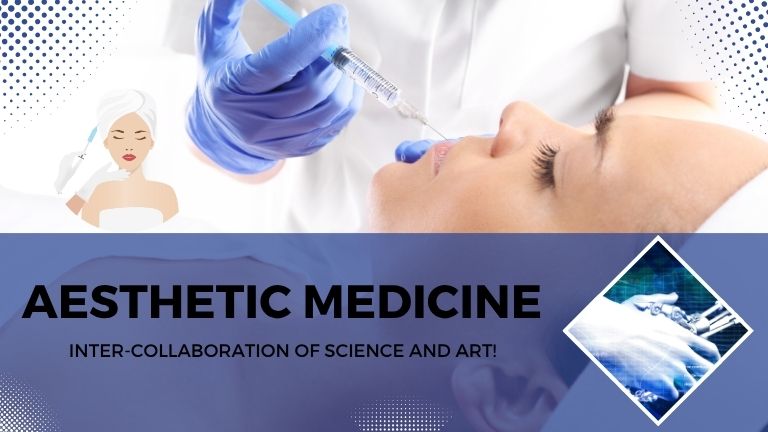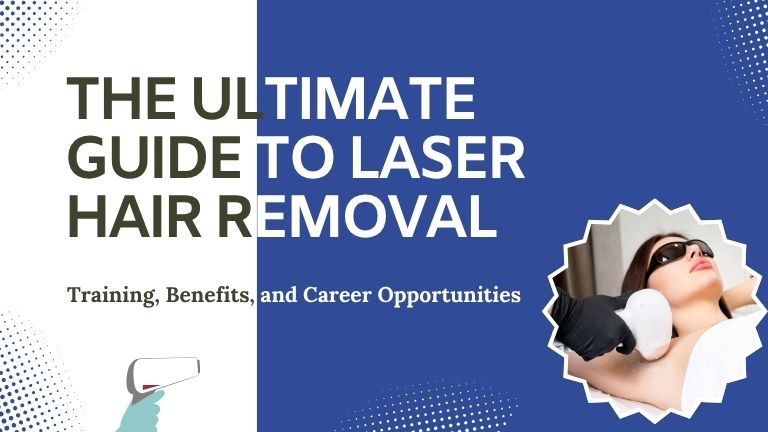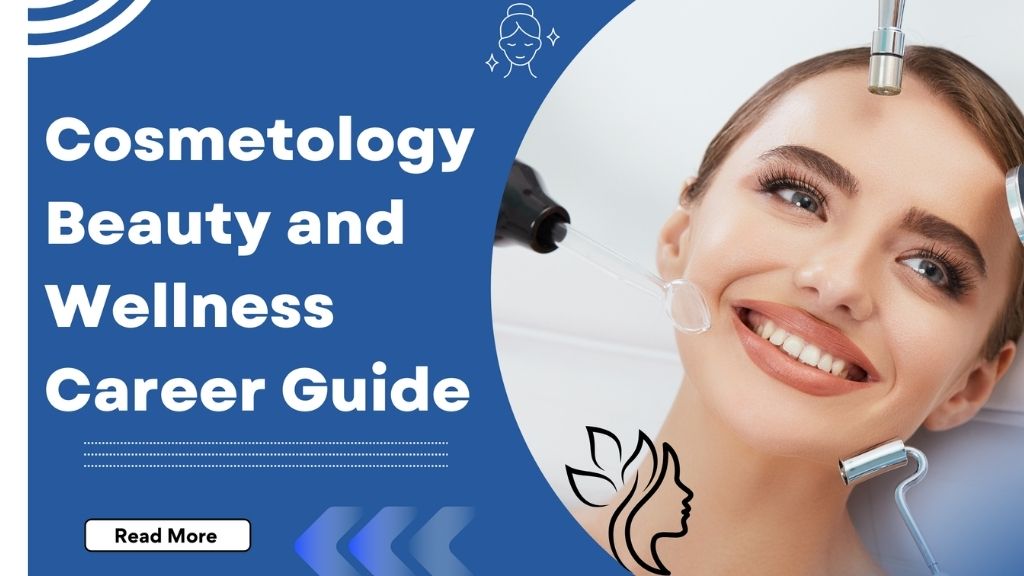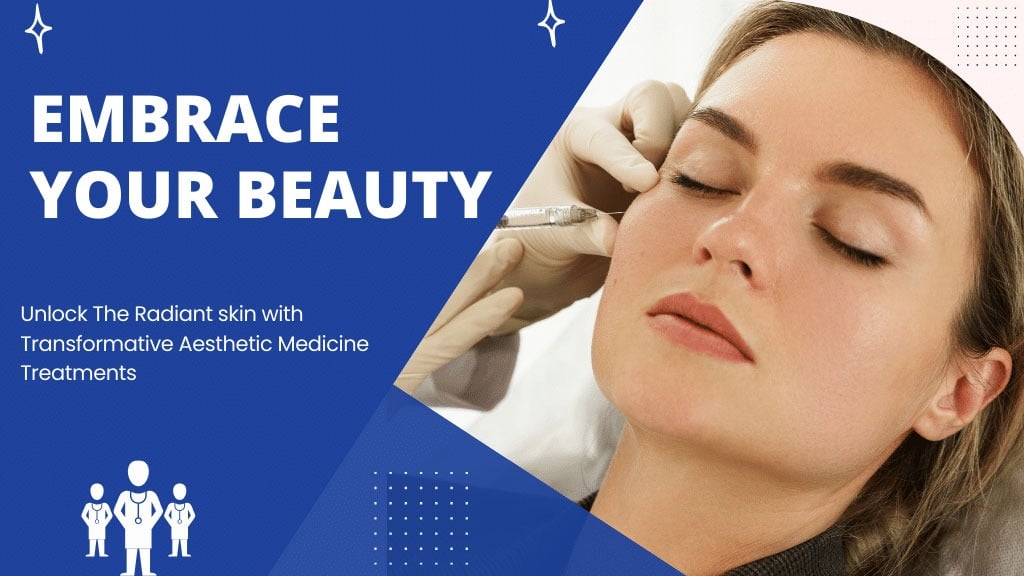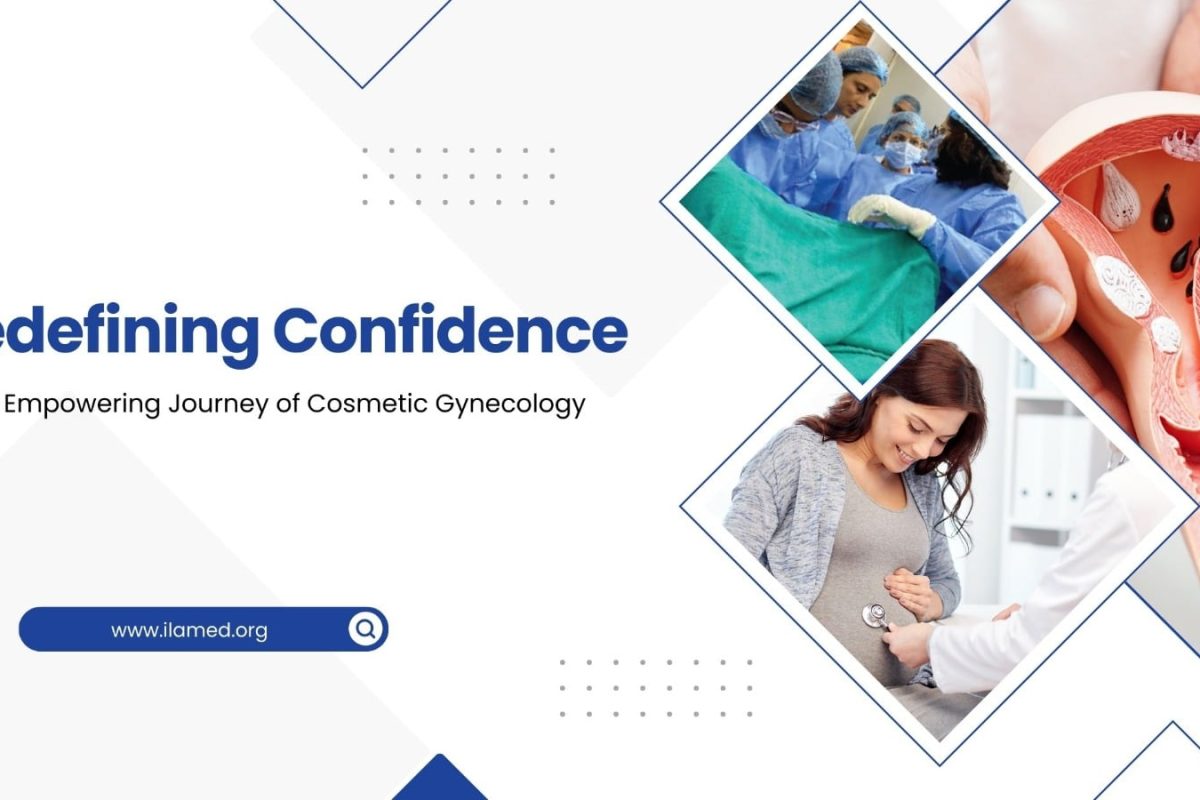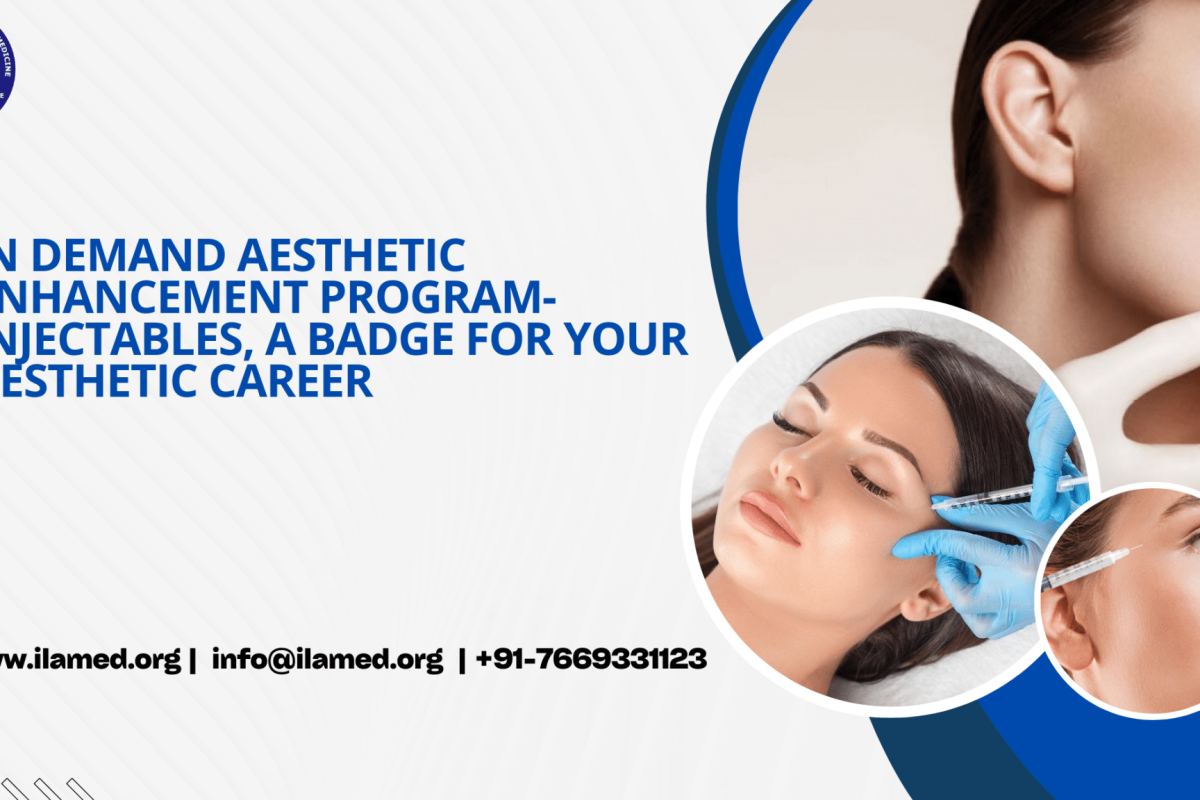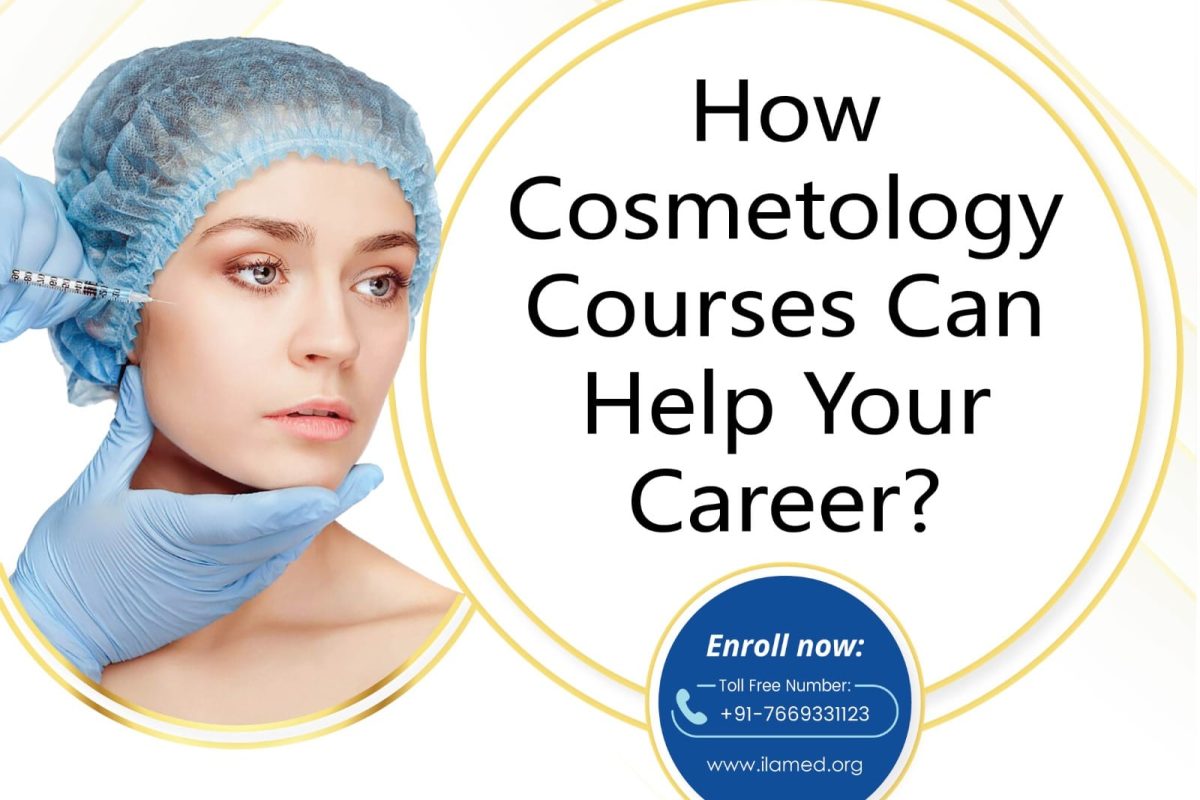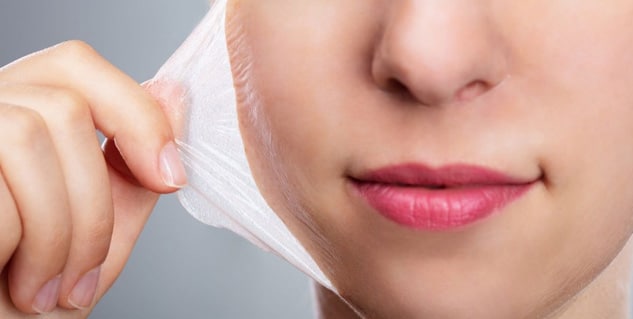Aesthetic Medicine is perhaps that very interesting department of science which holds perfect infallibility with fine artistic expression. Precisely, this is a discipline that enhances one’s physical appearance and boosts self-confidence and overall well-being. The paper shall now go on to view how science meanders into art through aesthetic medicine, the importance of Fellowship in Aesthetic Medicine and popular procedures.
Science and the Art of Aesthetic Medicine
Aesthetic Medicine is a science, the basis of which lies in strong evidence through the known anatomy of human physiology and the aging process. These are the fundamentals that doctors should know to comprehend the way in which skin and facial muscles function. Also, how aesthetic treatments affect a human. The second, secondary, is evidence-based, that mechanistic part of the science ensuring safety and efficacy. It imparts didactic and clinical knowledge of the techniques involved as well, decreasing complications, increasing patient satisfaction.
It is the process of achieving results that are natural and harmonious, emphasizing all the positive peculiarities of each patient in Aesthetic Medicine. Another way to define a good aesthetic practitioner would be to include the following attributes:
- An eye for detail
- The knowledge on anatomical proportion of a face
- Ability to individualize treatment
An artistic approach might confer bespoke treatment plans for particular concerns and goals, leaving each patient highly regarded and valued.
What Are the Common Aesthetic Medicine Procedures?
Aesthetic Medicine describes various treatments aimed at improving one’s appearance or fighting certain skin problems. Common procedures in Aesthetic Medicine include:
- Botox and Neurotoxins: These are the neuromodulators applied to weaken the facial expression muscles, which form wrinkles and fine lines, and are injected into the skin, thus relaxing them. Botox, Dysport, and Xeomin are highly popular and work almost within a few minutes, with almost negligible recovery time.
- Dermal Fillers: Injections of hyaluronic acid-based fillers into sites where volume has been lost, delineating facial contours and rejuvenating skin texture; lips, cheeks, and nasolabial folds are treated areas.
- Chemical Peels: This lightly invasive procedure includes applying a solution onto the skin, whereby outer layers are exfoliated, leaving behind an improved tone and texture. This may cause the appearance of acne scarring, pigmentation, and fine lines to fade.
- Laser Treatments: Laser technology is utilized for purposes such as hair removal, razing of the skin, and vascular lesions. These treatments include IPL therapy and fractional laser resurfacing; these have been very popular due to the results attained and, at the same time, not much with respect to recovery time.
- Microdermabrasion: Exfoliation of the skin through fine crystals to dislodge and remove dead skin cells in the body for smoother and radiant skin. It’s normally done for damage by the sun, fine lines, and uneven skin tones.
- Microneedling: The practice of moving small needles across the skin to injure it with micro-wounds that will initiate the production of collagen, therefore, improving the elasticity of the skin. It helps in the minimization of scars, wrinkles, and general skin texture.
- Kybella- This is an FDA-approved, injected aesthetic medication that destroys fat cells under the chin permanently. This, therefore, makes kybella the most commonly used procedure when it comes to improving one’s profile without going through surgery .
Aesthetic Medicine Courses in India: Empowering Delegates for Success
Aesthetic Medicine Courses in India have over the last couple of years been on high demand. These courses are elements of training that is tailor-made by structure and it constitutes of topics such as the following:
- Facial anatomy and aging processes
- Injectables: dermal fillers and neurotoxins
- Laser and light-based therapies
- Methods of rejuvenation
- Assessment and planning in the patient treatment
It is after successfully passing such courses that doctors in India acquire important knowledge and relevant skills, which will be necessary and helpful in offering safe and efficient aesthetic treatment to patients.
Why Aesthetic Medicine Courses are Vital?
Fellowships in Aesthetic Medicine are the vanguard of methodologies that may narrow this bridge between science and art. These programs provide a certain number of concentrated training whereby medical professionals can get advanced knowledge and develop the necessary hands-on experience in the various procedures of aesthetics.
A Fellowship in Aesthetic Medicine might prime many medical doctors to become exemplary, and they would acquire lots of benefit points through:
- Basic training in new technique and technology
- Practical experience under the guidance of experienced practitioners
- The opportunity of developing a strong artistic sensibility and an eye for detail
- Peer and industry leader networking
- Increased credibility and recognition factor within the industry
In this, doctors can henceforth invest in Fellowship in Aesthetic Medicine programs with the aim to improve their skills, get updated, and showcase their patients in wonderful results.
The Role of ILAMED as Trainer for Aesthetic Medicine Courses in India!
The Institute of Laser & Aesthetic Medicine sets the gold standard when it comes to training in Aesthetic Medicine. Established in 2003, ILAMED has already trained more than 300,000 doctors worldwide and has a really vast portfolio of courses mainly aimed not only at building on theoretical knowledge but also at developing practical skills among them. This includes the Fellowship in Aesthetic Medicine, which presents an elaborate course on basics and advanced aesthetic medicine, with accompanying hands-on training.
Knowledge and skills derived from courses structured at ILAMED will hence be appropriate in preparing the practitioners for excellence in aesthetic procedures and, therefore, they shall be better placed to tackle the increasing demand for aesthetic care. The Institute thus becomes the leading choice for practitioners with an emphasis on excellence and innovation in this dynamic field.
Conclusion
The field of Aesthetic Medicine is a skillful balance between science and art. Only through a strong scientific background and an artistic approach do medical professionals have the possibility of really creating transformational results that will not only change physical features but also change the psychological and emotional well-being of a person. The Aesthetic Medicine Courses in India in this field are oriented toward preparation for success in this exciting and rewarding field.
Such institutions as ILAMED, therefore, remain at the very core in this area of providing the required training and mentorship in bringing into fruition skilled practitioners who can navigate complex aesthetic medicine with high confidence, creativity, and innovativeness. One thing that dictates is that, considering the growth of the complexities of aesthetic medicine, as time goes by, it is evident that improvements in the scientific arena coupled with the artistic techniques shall undoubtedly be improved upon the sector of aesthetic medicine in the enhancement of beauty and self-esteem amongst people.
The art and science of Aesthetic Medicine that makes rediscovering the hidden natural glow possible on people’s faces, whether subtle or more dramatic. The goal is to make procedures slightly more humane in nature so as to allow the patient to personally select and choose between different types of procedures to satisfy his or her needs for confidence and a feeling of self. As the importance of aesthetic treatments rises with the increase in demand, so must well-trained professionals within the field increase in satisfying patients both safely and effectively, as well as with a focus on aesthetics.

